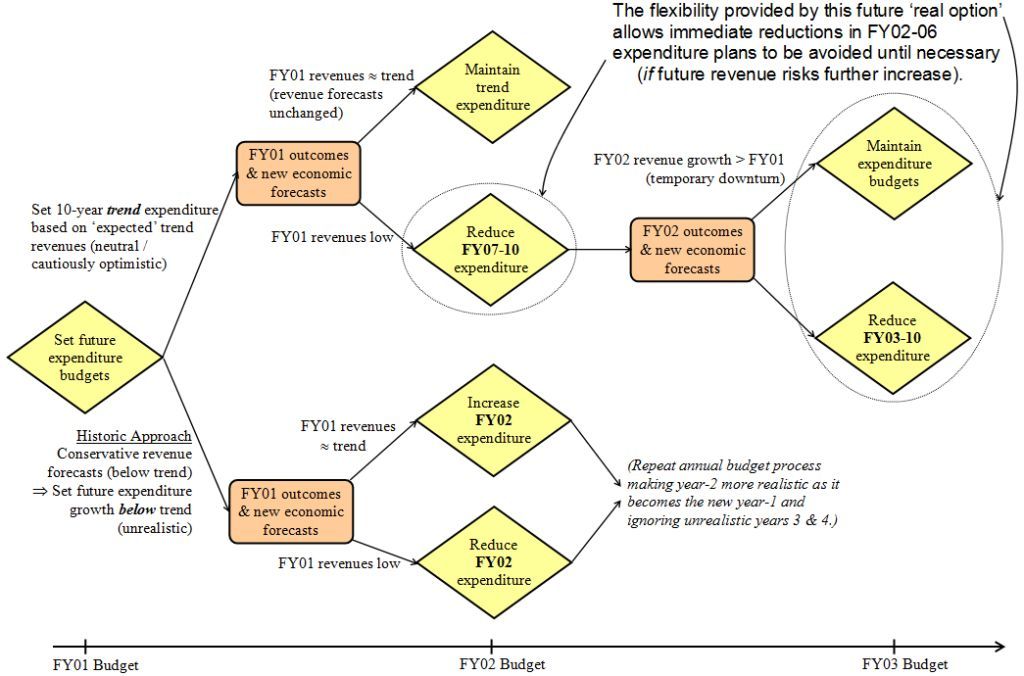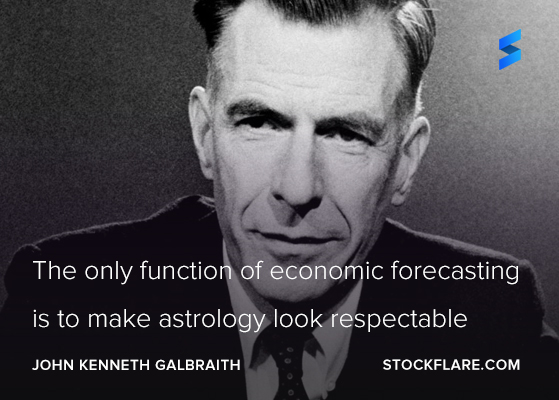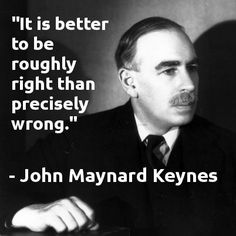Einstein said, “Everything should be made as simple as possible, but not simpler”.
A lot of consultants would do well to reflect on this when it comes to analysis and modelling. Yes, it is true that in a world of “Big Data”, sophisticated analysis can be a competitive edge (or even essential), but sometimes, or even often, complex models only lead to overwhelming confusion.
I don’t want to sell you a complex model; I want you to understand the problem you’re trying to solve and have confidence in the best decisions to make.
So I always try to start with the most simplest of calculations, charts etc. that can provide the insight needed on what are the most important or dominant factors in the problem at hand, and then only increase the sophistication of the analysis as my (and your) understanding and need increases. If required, I can then apply my various analytical skills, as summarised below, or bring in others with specialist expertise when needed.
I highlight in particular my experience in statistics, risk simulation and “real options” for decision-making under uncertainty, or as I like to say, “using the FORCE”:
- Flexible
- Options for Ordering & Optimising
- Risks,
- Choices &
- Experiments!
– as illustrated by the diagram below for a transformational 10-year budgeting framework and in my analysis of a potential Sydney-Wollongong high-speed train service.
These skills bring to problems not just a technical capability, but a mindset that recognises there is no point wasting time, resources and anxiety over single-point estimates throughout a single-scenario model if actually there is inherently large uncertainty in the parameters that dominate optimal decisions, or conversely, if the uncertainty in other parameters doesn’t matter because it makes no difference to decision-making.
Sometimes this sort of analysis may reveal that there is little value in learning more information (so you’re just going to have to take a risk, one way or the other), and sometimes it will show that the best decision is to wait and see. When was the last time you decisively deferred a decision?
Here are some examples of how I’ve applied different kinds of analysis in previous work:
Basic calculations / maths
- Estimating the potential network synergies from the Sydney Overground public transport interchange-network design concept.
- Comparison of travel-times & value of time-savings for various Sydney- Melbourne high-speed rail technologies & stopping patterns.
- Estimating the reduced price impact of a retailer-based emissions trading scheme compared to a generator-based scheme (without a General Equilibrium economic model !).
- Estimating the risk of future nuclear accidents, indicative insurance premiums and the rate of depletion of global uranium resources.
Statistics
- Analysis of running-time & other operational variability in the Hunter-Valley Coal Supply Chain, to identify the key constraints on port terminal capacity (& how to increase capacity through simple, low-cost changes to train scheduling practices).
- Analysis of running-time & on-time variability in State Transit bus services, including comparison of all-stops & express services to reveal the dominant impact of bus stops on service unreliability.
Financial analysis, risk analysis, real options & simulation / computer programming
- Power station investment valuation & risk analysis including the value of flexibility from future management ‘real options’.
- Modelling & risk analysis of the NSW Government Budget & credit metrics over 10+ years, and development of a transformational management framework (see diagram below).
- Modeling light rays within thin solar cells to identify the increased light absorption from new kinds of ‘conformal film’ texturing.
Mathematical Optimisation (linear & mixed-integer programming)
- Optimisation of coal mining and LPG purchasing, storage & distribution.
- Manufacturing & warehousing optimisation.
- Prototype optimisation model for airline scheduling.
Decision-tree showing future flexibility (‘real options’) for responding to revenue fluctuations – enabling more stable funding guidance to service-delivery agencies, using a 10-year budgeting framework:


